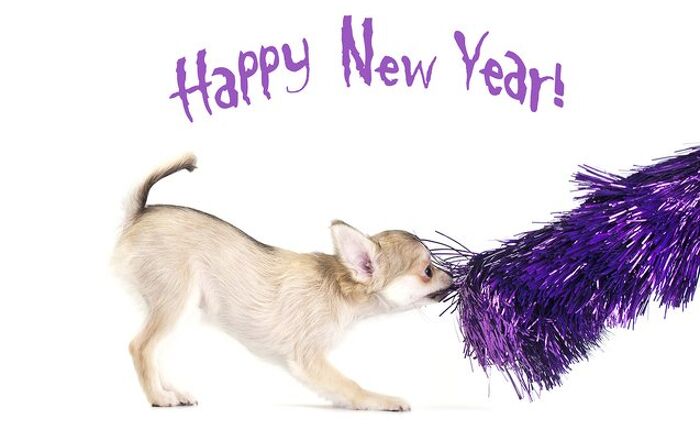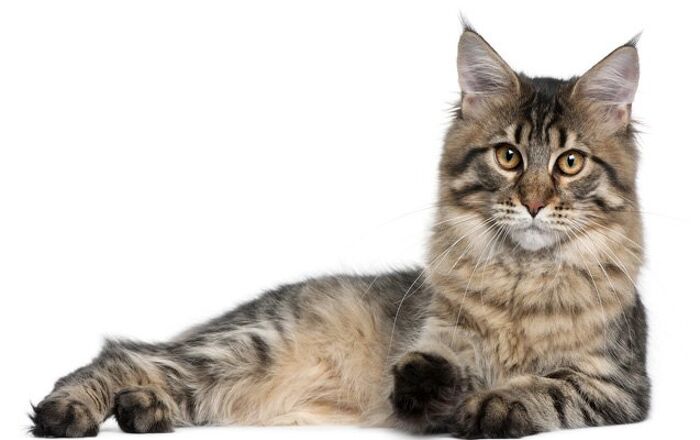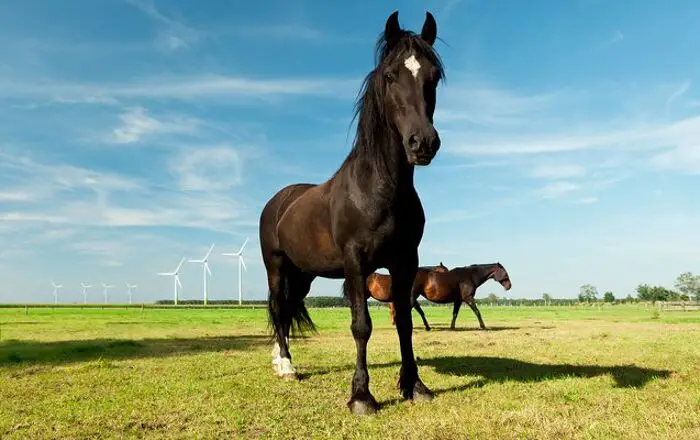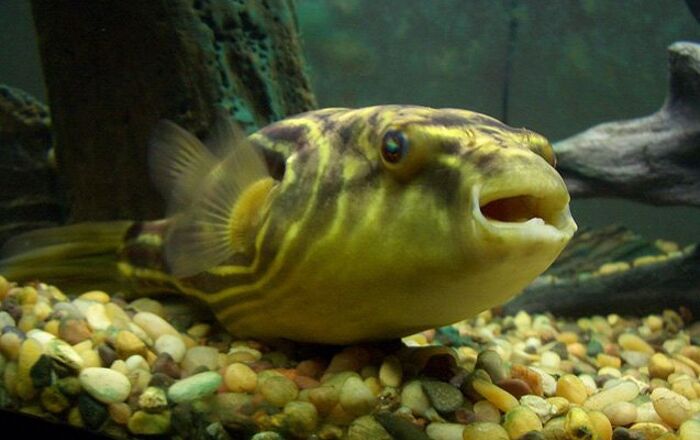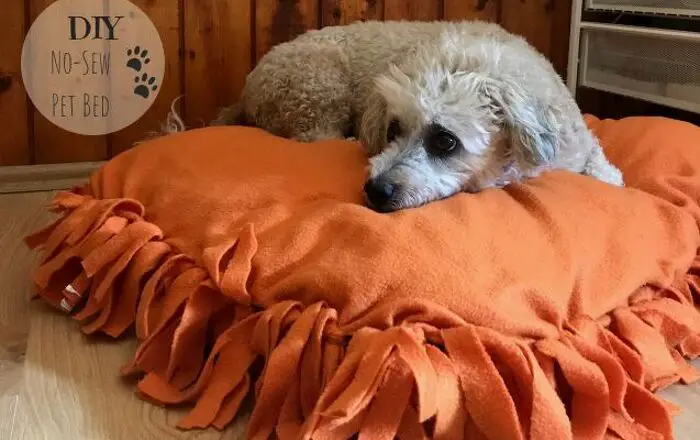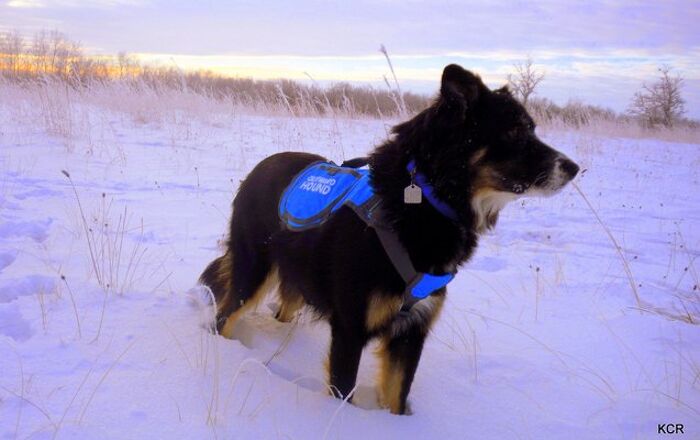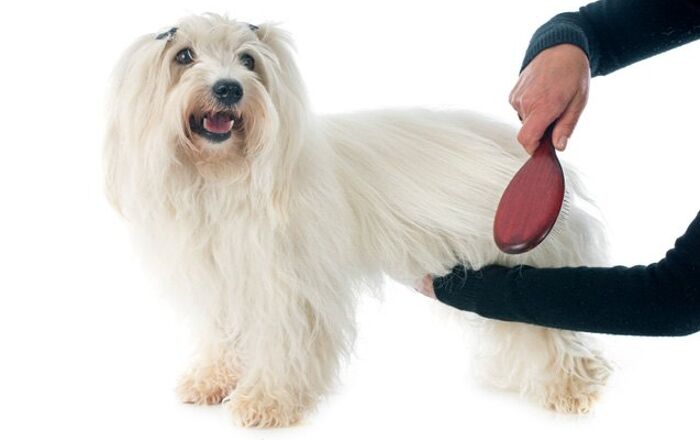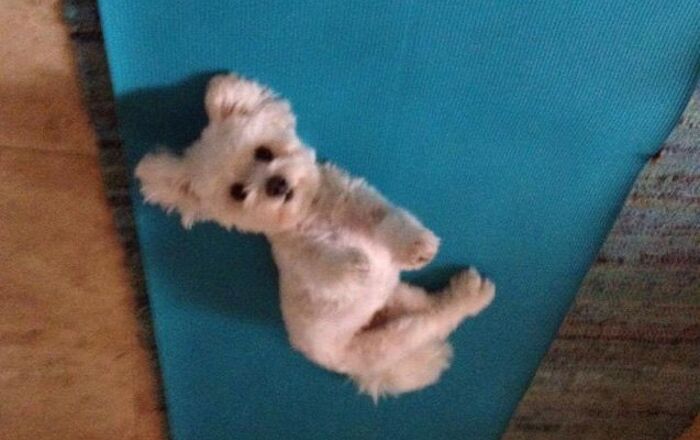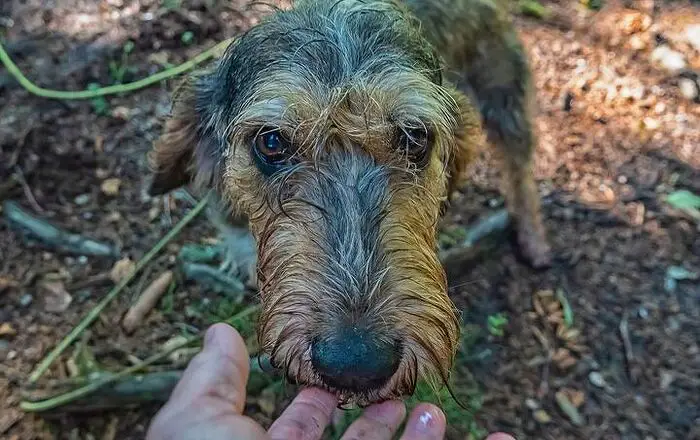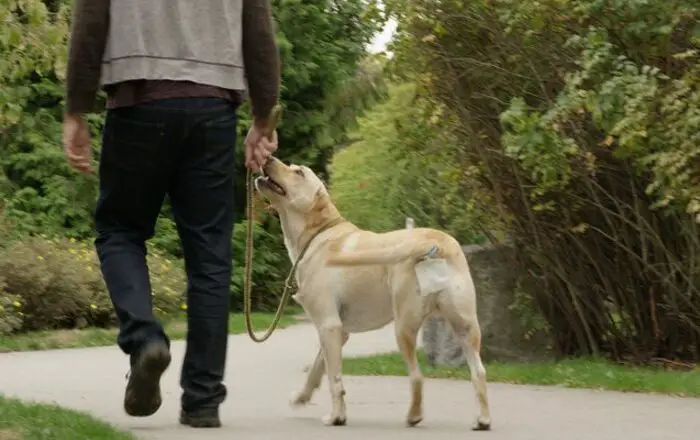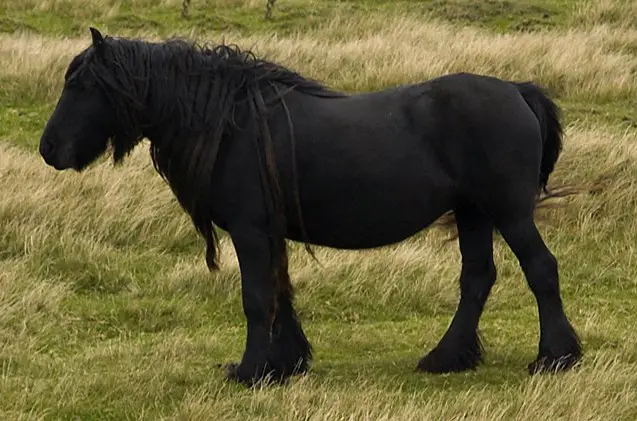
Dales Pony Breed History
The Dales Pony is an equine breed that is native to the upper dales in Northern Yorkshire in England. Over time, these ponies became popular because they showcased an incredible amount of strength and adaptability, along a strong constitution, the ability to move over difficult terrain in a short period of time, and a high level of endurance over long distances.
This breed’s ancestors include the Pennine Pony, the Galloway, the Wilson Pony, and the Norfolk Trotter. Dales ponies, in particular, were bred for the lead industry in Pennine, as they were utilized as pack ponies. But when better roads and railways were created, they were used on small farms instead. On farms, these ponies would pull plows and carts, as well as help with herding sheep.
The Dales Pony is able to exhibit a high level of strength and speed.
World War II nearly caused the extinction of the Dales Pony, as they were used by the military, and mares were also used for working in cities and towns or for breeding vanners. Once the war ended, a few breeders worked on increasing the number of Dales ponies, and the Dales Pony Society was reorganized in 1964, which helped them succeed at their task.
Today, the Dales Pony is considered endangered. It is beloved for its versatility, as it can be driven and ridden with ease, and it also showcases a surefootedness that makes it a great horse for trail riding.
Breed Traits
Dales ponies make wonderful equine companions for people of all experience levels. These horses are adaptable, intelligent, and easy to train, and they are willing to work hard and to please their trainers, riders, and owners.
These ponies also feature a quiet but bold temperament, as well as courage and a recognizable presence that makes you eager to spend time with them. They are sensible and calm, and they do not feel panic, even when they are in difficult situations.
Today, the Dales Pony is considered endangered.
Overall Description
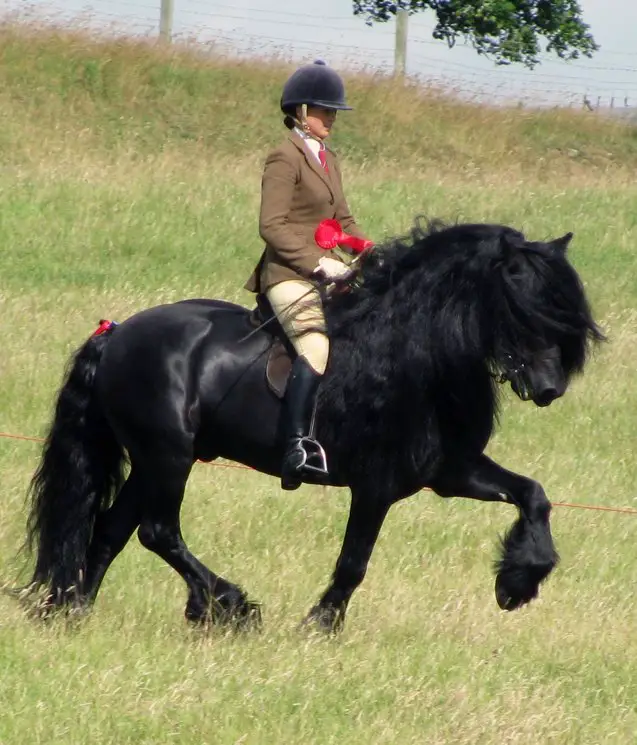
What makes the Dales Pony unique is that, although small, this breed is able to exhibit a high level of strength and speed. In fact, these ponies can carry as much as 220 pounds.
There are several characteristics that make it easy to recognize a Dales Pony when you see one. For example, the head will be pony-like and neat, and the ears will be tiny. The head will also be broad in between the eyes, which are alert and bright. The neck should be of an ample length, and it should be strong. The jaw and throat should be clean cut.
This pony’s body features well sprung ribs and a deep chest, as well as long, well laid shoulders that are sloping and feature well developed muscles. The withers aren’t too fine, and the hindquarters should be powerful, deep, and lengthy. The tail is not set high, and it has straight, long hair that could reach the ground. Also, the hocks will be clean, flat, and broad, while the forearms will be muscular, short, and set square.
The Dales Pony features flexible joints, and the pasterns will slope nicely and be of a good length. There will also be silky feathering on the heels, and the hooves will be dark colored, round, and large.
Dales ponies feature a quiet but bold temperament.
Colors
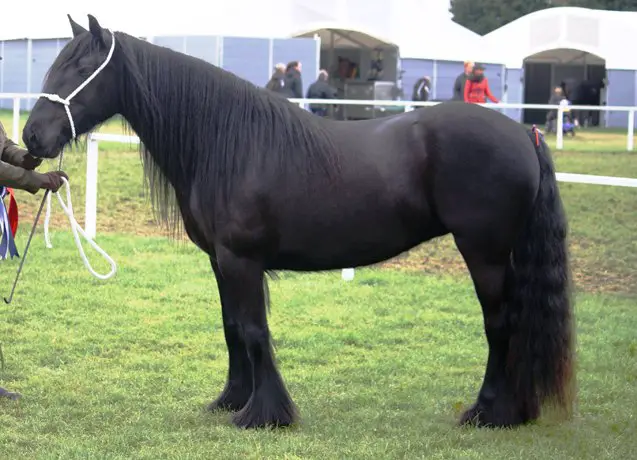
A Dales pony will typically feature a brown, gray, roan, bay, or black coat. Black is the most common color for this equine breed.
It is also possible to find a Dales pony with a white star or a white snip on the head, as well as white fetlocks to the hind legs.
Grooming Requirements
You should groom your Dales pony throughout the year, but especially in the winter, when these horses grow thicker coats. A standard equine grooming kit will be sufficient to keep the coat and hooves free of debris, dirt, mud, and even excess hair that can lead to tangles and a dull appearance. Using a curry comb, dandy brush, shedding blade, and body finishing brush should be adequate enough to thoroughly remove dirt, debris, and loose hair from your pony’s coat throughout every season, regardless of how thick the coat becomes.
Dales ponies feature long, straight, and flowing manes and tails that require extra attention to keep them looking beautiful and clean, and to keep them free of tangles. Using an equine shampoo and the right brushes will ensure that you can keep the mane and the tail conditioned, hydrated, shiny, and sleek. Always make it a point to properly comb through, clean, and detangle the tail, which is allowed to grow very long, to the point that it can even reach the ground.
Finally, you should also spend a few minutes checking the health of the hooves and the hair that surrounds the hooves in order to ensure that no injuries or infections develop there.
Photo Credit: Annapennell/Wikipedia; Darren Copley/Flickr


